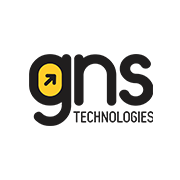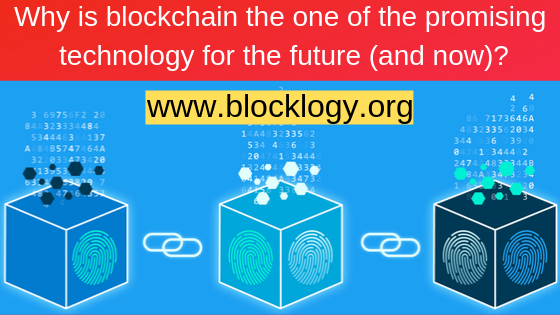Without a database, no computer program is conceivable, so any developer must have a clear understanding of the database and everything that goes along with it. The distinction between SQL tools and DBMS software is something that many novice developers are unsure of. The database, which enables the storing and manipulation of data, is first and foremost a collection of data. Better administration is achieved by using a database as opposed to keeping data in arbitrary text files.
A competent system must exist to manage this data in accordance with the application’s needs. Database management system, or DBMS, is the term used to describe this system. Alternatively, the programming language used to access the database is called SQL, or Structured Query Language. To manipulate data, you must construct a command. Consequently, SQL tools focus on data manipulation, whereas DBMS is the framework for maintaining the data in the database.
We clearly understand that DBMS and SQL aren’t the same, so in the following paragraphs, we will discuss exactly how they are different. Let’s get started.
Difference Between DBMS and SQL
The following are the points of difference between DBMS and SQL.
- Type
According to the kind of DBMS, different DBMS software applications exist. There are roughly four different types of DMBS accessible. They are relational, network, hierarchical, and object-oriented relational databases. The choice of DBMS type and, consequently, the DBMS software, while all of them are relatively well-liked, relies on the users and the application. Typical tree and node concepts are present in hierarchical DBMS, which is advantageous for simple applications. The network DBMS is the best when there are too many applications and relationships involved. Because of its tabular data idea, relational DBMSs are the most popular. For storing fresh data, use OOR DBMS. Most relational databases can be used using SQL. The SQL tool is dependent upon the task it is about to carry out. The use of certain of them varies depending on whether they are being maintained, optimized, or both. Among the widely used DBMS programs are MySQL, Oracle, MS SQL Server, and similar ones. Popular SQL administration programs include Navicat Monitor, Adminer, DBComparer, and similar ones.
- Learning Curve
Each of them had a different learning curve. In terms of the user interface, the DBMS software applications are remarkably similar. As a result, assuming the DBMS type is the same, the learning curve won’t be too steep. But, once you master SQL, you can use it on all DBMSs with a few minor adjustments. As a result, the learning curve for SQL is flat. Although depending on the function they perform, SQL tools come in a wide range. To fully understand them, you must therefore put in the effort. The learning curve mostly relies on the kind of product or software you are using. When it comes to which one is simple to learn, SQL tools come out on top because they have a small feature set and a very narrow application. You may, nevertheless, be working with several SQL tools, therefore you must combine everything. Comparatively speaking, DBMS software will require more time and effort to master because it is more difficult to learn.
- Function
The program used to build and manage databases is known as a database management system (DBMS). It provides users with a methodical user interface for data creation, retrieval, and management. Accessing DBMS and databases requires the usage of SQL. In contrast to SQL, DBMS does not provide distributed properties, and DBMS does not offer normalization, whereas SQL does. The data in your database can be examined using SQL tools. SQL is not entirely absorbed by DBMS, although it makes up a lesser portion of the entire DBMS. Several functions can only be performed by SQL tools and cannot be performed by any other DBMS tool.
Summarizing the Differences
Every application requires both DBMS and SQL. With SQL language, DBMS is useless, and the opposite is true. The key distinction between the two is that whereas SQL tools serve as the connector between DBMS and users or apps, DBMS software serves as the link between users or apps and databases. It’s more like DBMS is an IDE (integrated development environment) and SQL is the programming language for the IDE. You require SQL tools to execute DBMS software, which is the system itself. In terms of DBMS, SQL is still the most widely used programming language. However, although SQL tools are dependent on databases and cannot operate without them, DBMS software may exist without them.
Final Words
This was all about today’s article on DBMS and SQL. We concluded from the points of difference (types, function, and learning curve) that both these terms are completely different.
If you wish to go deep into these topics, data science and full stack development are the perfect domain to enter. When we discuss them, Skillslash will always be included in it. Apart from being recognized as the best data science institute in Bangalore, Skillslash has maintained a top-notch online presence. The Full Stack Development Course In Hyderabad and Data Science Course In Noida ensures you learn all the theoretical concepts including SQL and DBMS, and also get placed in top AI startups to achieve a bright future. To know how you can also be one of those students, Get In Touch with the support team.



